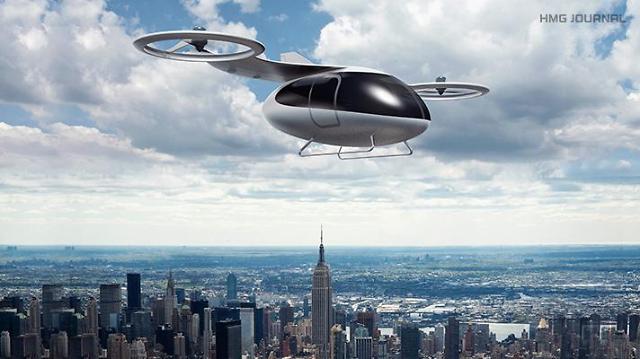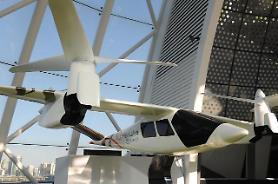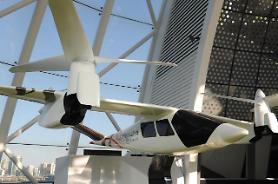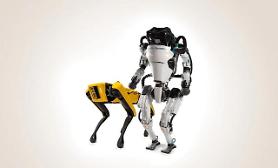
[Courtesy of Hyundai Motor]
SEOUL -- South Korea aims to popularize urban air mobility by 2035 by churning out flying cars capable of traveling for up to 300 kilometers (186 miles) at a speed of 300km per hour, based on increased battery capacity and weight lightening.
Urban Air Mobility (UAM), an ecosystem covering personal air vehicles and infrastructure. Flying cars are emerging as a future system of travel to avoid traffic jams on urban roads. South Korea has formed UAM Team Korea, a public-private consultative body that would commercialize drone taxis in 2025.
A road map endorsed at a meeting of related ministers on March 31 called for concerted efforts by UAM Team Korea members to increase the flight distance of flying cars from 100km in 2025 to 300km in 2035 and the speed from 150km per hour to 300km. By 2035, the government predicted that more than 50 vertiports for electric and hybrid-electric vertical takeoff and landing aircraft, or eVTOLs, would be built nationwide.
"UAM is a market that has not yet been realized, but unlike the existing aviation sector, it is a new market where we can compete with major advanced countries," Kim Sang-do, an aviation policymaker at the Ministry of Land, Infrastructure and Transport, said in a statement.
The price of a flying car will go down from 1.5 billion won in 2025 to 750 million in 2035, while usage fees per kilometer will fall from 3,000 won to 1,300 won per person, the ministry said.
Copyright ⓒ Aju Press All rights reserved.



